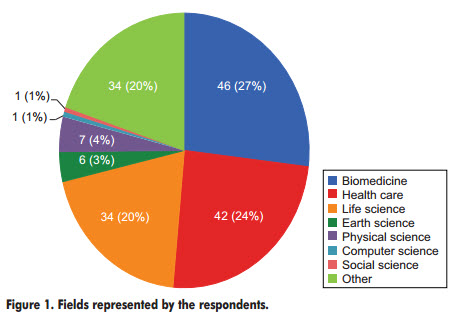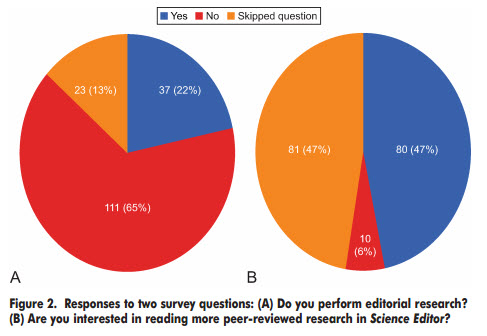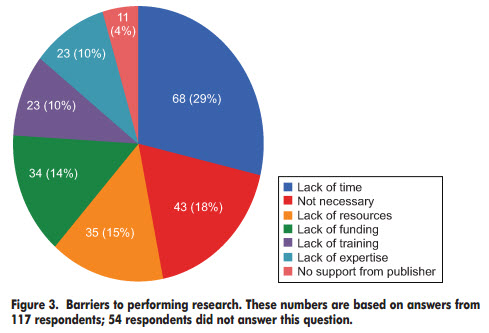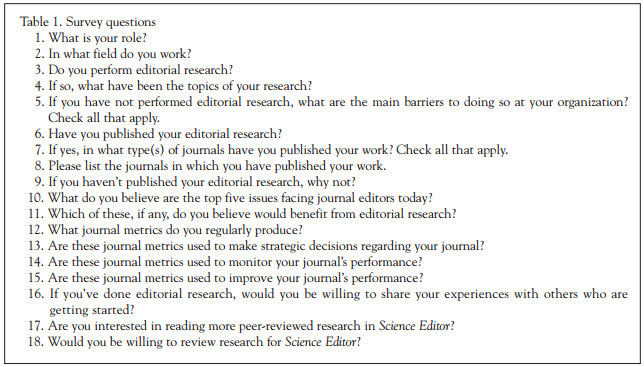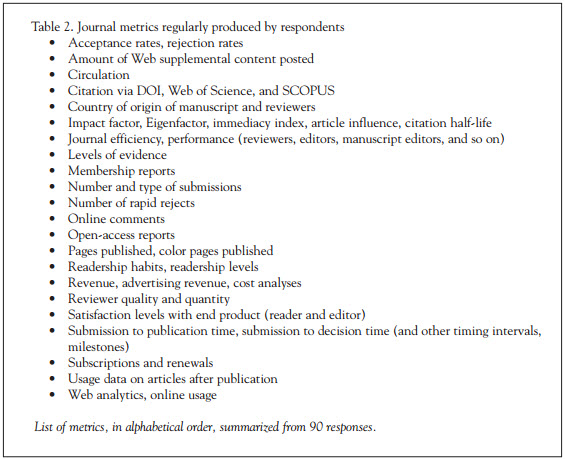Policies and practices of peer-reviewed scientific journals have evolved in response to the times, ethical issues, and changes in technology. Over the years, scientists and publishers have conducted research in an attempt to elucidate whether peer review and other publishing mechanisms improve the practice and understanding of science and medicine.
CSE’s Research Committee was formed in 2009. According to CSE’s Organizational Guide:
The committee promotes informed editorial decision making through facilitating sharing of research throughout CSE’s avenues of communication, including its meetings, Science Editor, and the Web site. . . . The committee [is] responsible for evaluating, choosing, and coordinating poster and podium presentations at the annual meeting and developing and implementing a peer-review process for research articles submitted to Science Editor. The committee also communicates—through publication and oral presentations—the importance to journals of research on the topic of scientific publishing and the means by which journals can conduct their own research.
In September 2010, the CSE Research Committee distributed a survey to CSE members. The purpose of the survey was to gauge members’ interest in and knowledge of editorial research (see Table 1). According to the Research Committee, editorial research is defined as that involving journal metrics, author and reviewer behavior, peer-review quality and performance, ethics, and any other topics on which research can improve the quality of the editorial process.
E-mails were sent to 815 members, and 171 (21%) responded. Of the respondents, 74 (43.3%) categorized themselves as editors, 29 (17.0%) as managing editors, 7 (4.1%) as publishers, and 61 (35.7%) as other. The “other” category included such roles as manuscript editor, copyeditor, director of publications, executive, production manager, author’s editor, translator, and writer–editor.
Biomedicine, health care, and life science were the main fields represented by the respondents (Figure 1). Respondents in the “other” category represented aerospace engineering, agriculture, biosecurity, biotechnology, regulatory science, veterinary medicine, and others.
Some 75% of respondents (111 of 148) did not perform editorial research (23 respondents skipped this question; Figure 2). Nearly 90% of the respondents (80 of 90) were interested in reading more peer-reviewed research in Science Editor; however, 81 respondents skipped this question (Figure 2).
Barriers to Research and Publication
The main barriers to doing research, for the respondents, were lack of time, lack of necessity, lack of resources, and lack of funding (Figure 3). Only 20 respondents had published their own editorial research, including 12 who published in their own organizations’ journals, 10 who published in other journals in their disciplines, and 4 who published in journals that focused on publishing, peer review, ethics, and so on.
There were 32 responses to the question “If you haven’t published your editorial research, why not?” A common response was that the data were for internal use only. Others reported that they were working on research that was not yet ready for publication. Still others said that there was not enough time or support (monetary or otherwise).
Journal Metrics
The question “What journal metrics do you regularly produce?” drew responses from 90 of the 171 respondents. The responses included number of submissions, Web-site analytics (such as number of visits), timing statistics (such as time from submission to publication), acceptance rates, impact factor and Eigenfactor statistics, country of origin, page use, readership levels, and revenue (Table 2). It is of note that several respondents pointed out that not all CSE members work for journals; this does not keep them from collecting data in their line of work, but those data were not relevant to the questions at hand.
Of the people who answered this question, 60% used the metrics to make strategic decisions regarding their journals, 71% used them to monitor their journals’ performance, and 64% used them to improve their journals’ performance.
Top Issues Facing Journal Editors
Survey participants were asked to state what they believed to be the top five issues facing journal editors today. Of the 171 respondents, 91 named at least one issue, 82 named at least two, 74 at least three, 56 at least four, and 39 at least five.
When responses were combined (without regard to rank), the top five issues cited by the respondents were ethics (77 of 342), content (45 of 342), digital publishing (44 of 342), finances (38 of 342), and peer review (32 of 342). Ethical concerns included such subjects as author misconduct, conflict of interest, copyright, and plagiarism. Content concerns had to do with quality of submissions, accuracy of research, statistics, and volume of submissions. Digital publishing covered such subjects as keeping up with technology, working with print and online journals, and using new media and mobile technologies. Financial concerns included funding (sources for research, publishers, and libraries), loss of traditional revenue sources, and subscription and advertising revenue. Peer-review concerns were related to finding high-quality reviewers, ensuring timeliness, and the value of the process itself.
Conclusions
The results of the Research Committee’s survey suggest that although CSE members are interested in editorial research and would like to see more peer-reviewed research in Science Editor, most have not published the research that they have performed. Most respondents indicated that they do not perform editorial research, but more than half said that they do produce journal metrics, and this suggests that at least some of the respondents do not consider producing metrics to be “research”.
The top issues listed by the respondents suggest directions both for CSE and for future research. The Research Committee encourages CSE members to consider sharing the results of their studies through submission to Science Editor, presentation of posters at the annual meeting, or informal communication.
REBECCA S BENNER (rbenner@greenjournal.org) is the director and managing editor of Obstetrics & Gynecology in Washington,
DC. MARY WARNER (mwarner@agu.org) is the assistant director of membership and marketing at the American Geophysical Union in Washington, DC. She is also the chair of CSE’s Research Committee.

